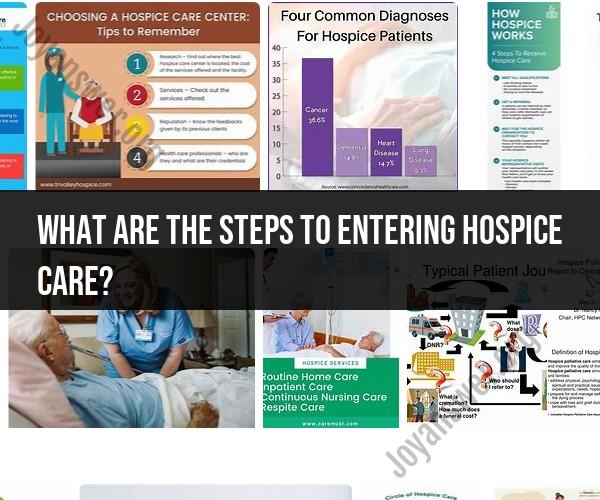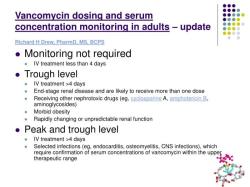What are the steps to entering hospice care?
Entering hospice care is a significant decision made by patients and their families when a patient has a terminal illness or a life-limiting condition. Hospice care focuses on providing comfort, pain management, and emotional support during the end stages of life. Here are the typical steps to enter hospice care:
Initial Discussion with Healthcare Provider:
- The process often begins with a conversation between the patient and their healthcare provider. The healthcare provider discusses the patient's condition, prognosis, and available care options, including hospice.
Understanding Eligibility Criteria:
- The patient and their healthcare provider determine whether the patient meets the eligibility criteria for hospice care. Eligibility is usually based on having a terminal illness with a life expectancy of six months or less, as certified by a physician.
Requesting a Hospice Evaluation:
- If the patient and their healthcare provider decide that hospice is an appropriate choice, a request is made for a hospice evaluation. This can be initiated by the patient, their family, or the healthcare provider.
Hospice Assessment and Admission:
- A representative from the hospice agency conducts an assessment to determine the patient's specific needs and develop an individualized care plan. If the patient meets the criteria for hospice care, they can be admitted to the program.
Choosing a Hospice Provider:
- Patients and their families have the freedom to choose a hospice provider that best suits their needs and preferences. They may receive recommendations from their healthcare provider or seek referrals.
Signing the Hospice Consent Form:
- Before hospice care can begin, the patient or their legal representative is required to sign a consent form, acknowledging their understanding of the goals and philosophy of hospice care. This document outlines the scope of services, expectations, and the patient's right to revoke hospice services at any time.
Developing a Care Plan:
- The hospice team, including physicians, nurses, social workers, and other specialists, collaborates to create an individualized care plan that addresses the patient's physical, emotional, and spiritual needs. The plan outlines the services to be provided.
Implementing Hospice Care:
- Once admitted, the hospice team begins delivering care according to the agreed-upon plan. This may include pain management, symptom control, emotional support, and counseling for the patient and their family.
Regular Assessments and Adjustments:
- The hospice team regularly assesses the patient's condition and adjusts the care plan as needed to ensure that the patient remains comfortable and receives appropriate support.
Ongoing Support and Bereavement Services:
- Hospice care extends beyond the patient's passing. Hospice agencies often provide bereavement services and support to the patient's family for a specified period after the patient's death.
Reviewing Advance Directives:
- As part of the hospice admission process, the patient's advance directives, including living wills and durable power of attorney for healthcare, are reviewed to ensure that the patient's preferences are followed.
Communication and Decision-Making:
- Hospice encourages open and ongoing communication between the patient, their family, and the hospice team. This includes discussions about goals of care and end-of-life decisions.
Respite Care (if needed):
- Hospice providers may offer respite care, providing temporary relief to family caregivers by placing the patient in a hospice facility or a skilled nursing facility for a short period.
It's essential for patients and their families to have candid conversations about hospice care, ask questions, and actively participate in the care planning process. Hospice is designed to enhance the quality of life during the end stages of an illness and provide emotional and practical support for both patients and their loved ones.













